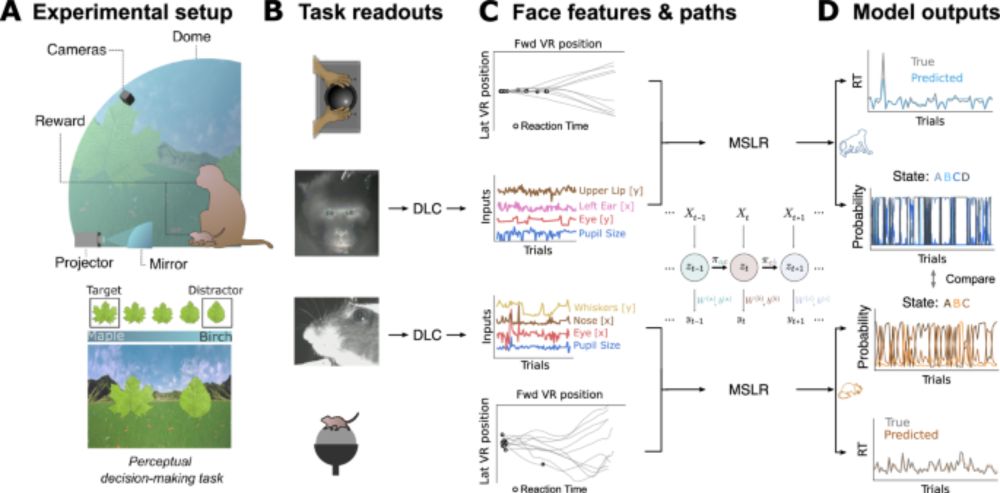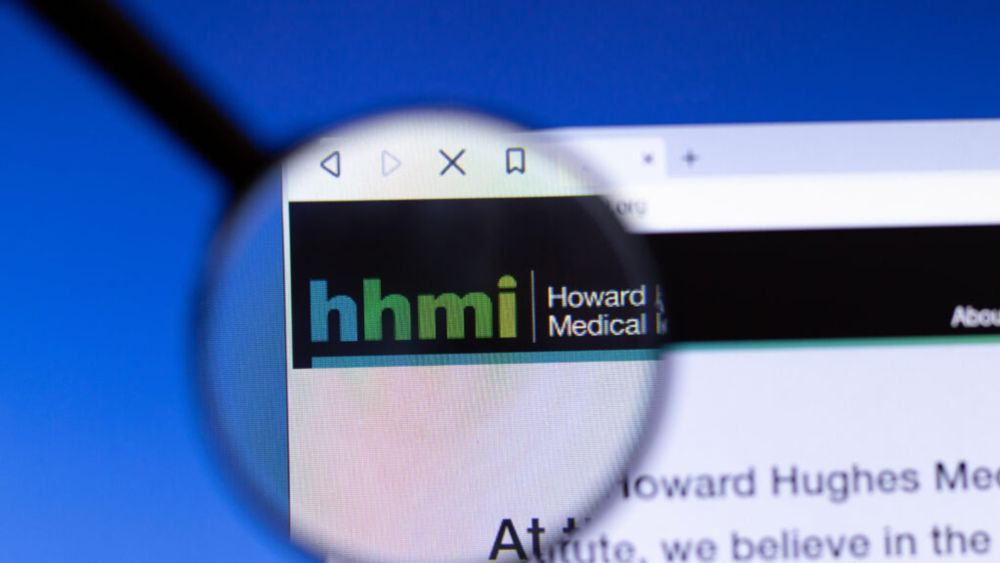Jonathan Pillow
@jpillowtime.bsky.social
1.7K followers
560 following
27 posts
comp neuro prof @ Princeton
brains, machine learning, & postmodern angst
pillowlab.princeton.edu
Posts
Media
Videos
Starter Packs
Jonathan Pillow
@jpillowtime.bsky.social
· Aug 27
Reposted by Jonathan Pillow
Zero-Noise Lab
@zeronoiselab.bsky.social
· Jun 10

Inferring internal states across mice and monkeys using facial features - Nature Communications
Here, the authors created a virtual reality task for monkeys and mice to explore if internal states like attention are similar across species. Their facial expressions during the task were similar, su...
www.nature.com
Jonathan Pillow
@jpillowtime.bsky.social
· May 21
Jonathan Pillow
@jpillowtime.bsky.social
· May 21
Jonathan Pillow
@jpillowtime.bsky.social
· May 20
Jonathan Pillow
@jpillowtime.bsky.social
· May 10
Reposted by Jonathan Pillow
Andrew Leifer
@andrewleifer.bsky.social
· Mar 25

To stop intimidation, Eisgruber needs your help
When targeting one institution is a bald attempt to divide and conquer, as is the case with Columbia, it is essential for a coalition or group of institutions and individuals to stand up together.&nbs...
www.dailyprincetonian.com
Reposted by Jonathan Pillow
Pynapple
@pynapple.bsky.social
· Jan 17
Jonathan Pillow
@jpillowtime.bsky.social
· Jan 15
Jonathan Pillow
@jpillowtime.bsky.social
· Dec 11
Jonathan Pillow
@jpillowtime.bsky.social
· Dec 11
Carolyn Jones
@carolyn-jones.bsky.social
· Dec 11

November Crash Data: Princeton Police Report 2 Pedestrians and 2 Bicyclists Struck by Cars; 20 Parked Cars Hit by Other Cars
Princeton, NJ -- Do you ever wonder where those police sirens in the distance are headed? Chances are, they are headed toward a traffic incident. Every year the Princeton Police Department responds...
www.tapinto.net



